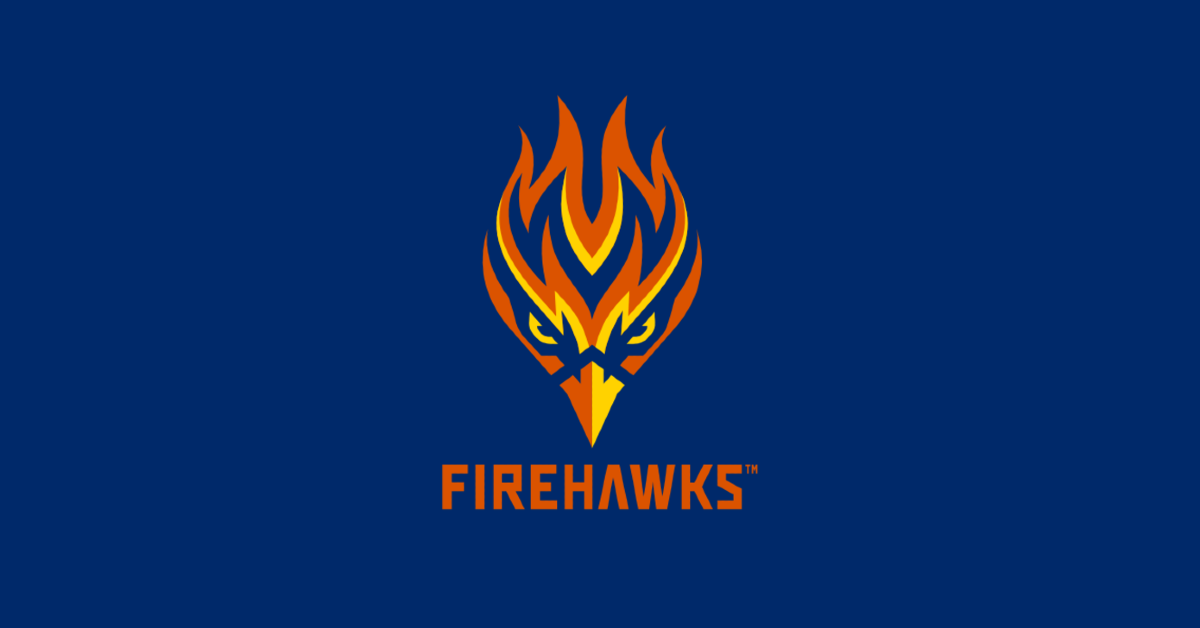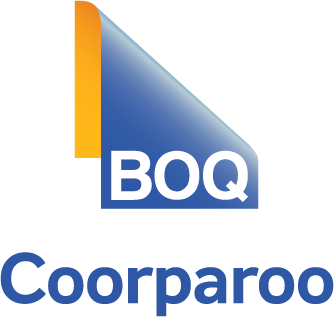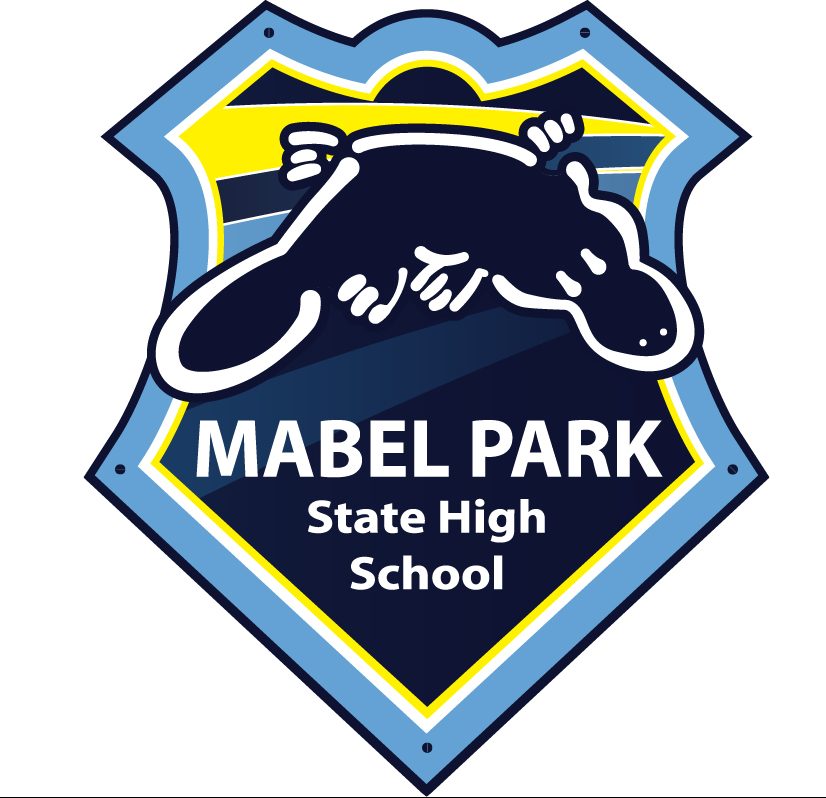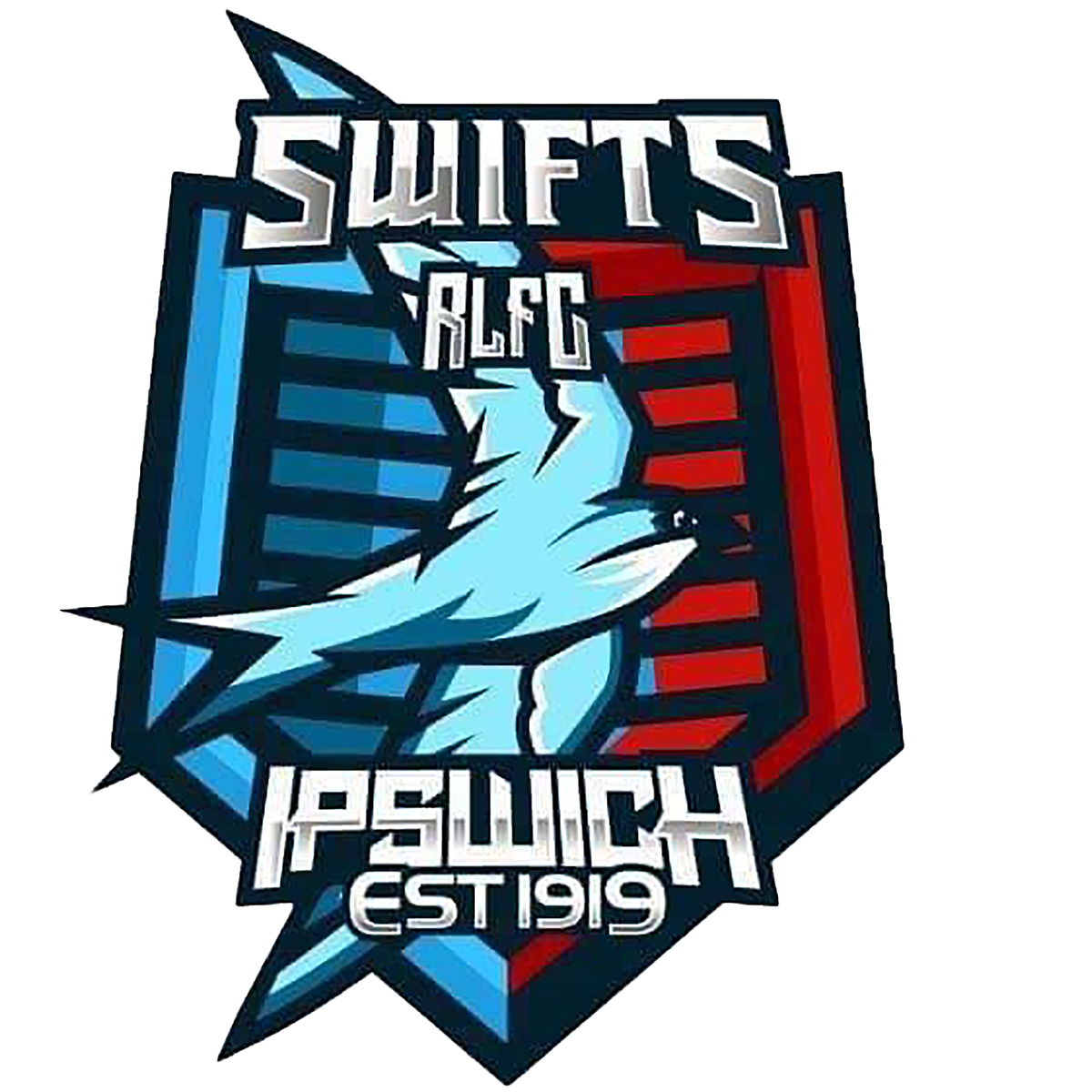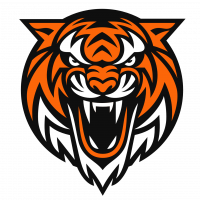By Joel Spreadborough (ESPN)
Easts Tigers leagues club, in Coorparoo, just south of the Brisbane CBD, is both a monument to 105 years of rugby league history, and a beacon of off-field productivity. A sprawling trophy cabinet overflows with mementos of glories gone by; premiership cups and accolades from every level of rugby league in Queensland. They’re all housed within a thriving commercial facility, the shrewd operation of which ensures a future both sustainable, and prosperous. The Tigers have never shied away from the concept of adapting to survive.
“We were established as the Coorparoo Bengals back in 1917. Then in 1933 the Bengals merged with the Wynnum Manly club to form the Eastern Suburbs Tigers. It’s always been a club that moves with the times, because more often than not, it’s needed to.” club CEO Brian Torpy told ESPN.
The Tigers won eight premierships in the old Brisbane competition, between 1923 and 1991. Dotted around the success, they’ve endured a more than fair share of existential threats, and carved out a proven track record of reinventing themselves for the better. A look in the history books proves as much; the club almost collapsed altogether due to financial perils in the 1930’s, endured three consecutive winless seasons in the early 1940’s, before rejuvenating to contest six straight Grand Finals between 1946 and 1951. The late 1960’s and 70’s became a golden era for the Tigers, but not before a 15 year premiership drought. The following decades saw the shaping of many of the club’s greatest players; luminous names like Des Morris and John Lang came before modern day stalwarts, such as former Broncos and test champion Darren Smith.
“They’ve been a mainstay in the Brisbane and state competitions from well before my time. I still remember the 70’s and early 80’s, idolising guys like Des Morris. They made you want to wear that orange and black jersey. Everyone knew about the Easts Tigers,” Smith said.
52-year-old Smith enjoyed a 300-plus game first grade career; which began, and ended, with the Tigers. He went on to serve as club CEO for a number of years after his playing days.
“It’s always been a very well run club, with some great people making the right decisions for growth. And they’ve learned a lot from a feeder relationship with the Melbourne Storm in recent years,” Smith added.
In the Queensland Cup era, beginning in 1996, the Tigers are yet to taste Grand Final glory, but have remained a launchpad for elite talent in the state. It’s the combination of history and sustainability that make those involved quietly confident that the current bid is precisely what the NRL needs.
In June 2020, the Brisbane Easts group announced their plans to bid, but not as the Tigers. Clashes with Sydney mainstays the West Tigers aside, the group wanted to unveil a new brand, one never before seen in Australian elite sport. They wanted a name reflective of their own intentions; to honour the past, while signalling a bold blueprint for the future.
And so Firehawks- the NRL’s would-be outlaw organisation- was born. If the bid is successful, the franchise would carry the first indigenous team name in the history of Australian elite sport, and the mythical bird they represent symbolises a great deal about the bid teams’ intentions. As Torpy explains:
“We wanted something unique, Australian, not something ripped from American sport. So we came up with the Firehawk. A bird that changes the environment for the better, to sustain it. We’re hunters, not cannibals.”
Aboriginal mythology tells of the Raptor bird species known for hunting near active fires and preying on animals fleeing the flames. Called ‘Firehawks,’ some stories allude to them raiding branches from cook fires or wildfires and creating new blazes to flush out prey.
“We want to be our own bird, and a different bird to what you’ve seen before in the NRL,” enthuses Brent Richardson- a former employee of tech giant Spotify, who is on board to effectively set fire to a new patch of rugby league turf, and hunt from it.
“Eventually, we want to do things differently, and show the league how they can be done differently.”
The Tigers sought out a club stalwart to help modernise their bid. Shane Richardson is a former Easts man, best known to NRL fans from his tenure as CEO of the South Sydney Rabbitohs. Alongside his son Brent, Richardson runs ‘Rich Digital,’ a digital marketing firm responsible for creating tech-based experiences to complement and enhance real life. Brent’s previous experience has given him a deep understanding of the power of creating the perfect ‘UX’ (User Experience) in the digital space. He and the team at Rich Digital helped devise a blueprint intended to put Firehawks on an equal pedestal with some of the world’s most prominent sporting brands, and turn rugby league into a 24/7 proposition for its supporters.
“Teams like the Los Angeles Lakers have created the perfect balance of digital accessibility and match day experience, and you see people wearing Lakers singlets all over the world,” Richardson explains.
The first part of the digital plan was acquiring a fan base, one not already aligned- to the Broncos, Titans, or even rugby league itself- and serving their needs. Firehawks uncovered some big numbers relating to just how many of them are out there.
“There are 4.4 million casual sport fans throughout Australia. And that means people who like sport, but aren’t necessarily rusted on to any team or code.”
Further brand research indicated a demographic between the ages of 18 – 34 were most likely to respond to the Firehawk plan of delivering a tech driven supporter offering. According to Richardson:
“The NRL’s fan database is ageing, with most being 60 plus. We’ve identified a niche opportunity to target a younger fan base, one that loves their devices and wants to be involved all the time, not just on game day. For us, it’s a mix of branding, constant fan engagement, game day experience and membership perks. And a lot of that happens online.”
“Those companies like Netflix and Spotify that are built online, collect their data to create personalised profiles and capture an audience. Entertainment will be at the heart of everything we do, at every touch point, but we need to make sure it’s the right proposition for each individual.”
Richardson says potential sponsors are already excited at the prospect of devising product rewards and fan offerings based on individual tastes. The enticement of willing financial contributors is an obvious boon for any bid, but the commercial power of the Tigers gives the Firehawks an impressively ‘match fit’ pitch to financially wary NRL powerbrokers.
“We have 38,000 members, $80 million in assets, $25 million in cash reserves, and zero debt,” explains Brian Torpy.
“We are building an $8.5 million centre of excellence at Langlands Park which will be the base for the franchise, so it’s good to have that kind of capital to get going with.”
Firehawks will fund an additional five academies throughout Queensland to develop player pathways, pledging a personnel focus that retains a distinctly maroon tinge.
In the short term, they’re realistic about the need for a roster with some more immediately available talent, and plan to cast a large global net.
“Obviously we’ll look at established players coming off contract in 2023. And we’ll look in the UK Super League, as well as providing pathways to Pacific Islands nations such as Tonga and Samoa,” Torpy concluded.
The hunt, as they say, is on.
